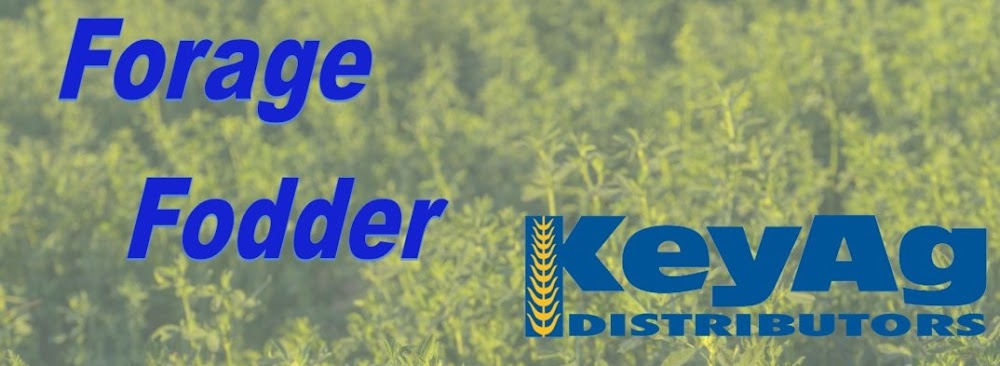Colorado—In the March 24 report, compared to last report, trade activity light to moderate on good demand for horse hay markets. Trade inactive for feedlot and dairy hay markets. Horse hay sold mostly steady to 0.75 cents higher per bale this week on comparable hay trades. According to the U.S. Drought Monitor’s High Plains Summary for March 22, heavy rainfall was observed across much of central and eastern Kansas, southeastern Nebraska, and eastern Colorado. Rainfall in excess of 1.5 inches resulted in 1-category improvements across many of these areas.
Missouri—In the March 24 report, compared to last report, hay supplies are moderate, demand is light to moderate and hay prices mostly steady. After a very warm week last week, temperatures dropped a little this week and rains were a part of nearly every day. The latest drought monitor showed a 10 percent improvement over last week with just over a quarter of the state in the abnormally dry category now, basically the northern third of the state. After this week’s rains even those farmers might argue that though as the top soil is nothing but a muddy sloppy mess currently. Any fertilizer spreading or field work that might have started was brought to a halt. On the flipside however it is good for pastures and hay fields and the amount of green that has developed over the last week is very noticeable.
Nebraska—In the March 24 report, compared to last week, all reported forages sold fully steady. Demand was good from the local trade areas and from out of state ranchers. Spotty rain showers in some areas of the state. The whole the state is moderately dry. March came in like a lamb, hopefully the nursery rhyme will come true as March will leave like a lion with snow or rain showers. Several farmers in the fields doing spring tillage work and some have been planting oats. Several talks on double cropping on pivots, plant oats then come back and plant millet or cane.
Oklahoma—In the March 25 report, compared to the last report, as winter season wrapped up, hay has increased and has become more of a demand in parts of the state as hay is the only forage resource due to lack of moisture of any free-standing grass. The spring season has started and much needed moisture was received this past week. However, there still needs to be much more moisture to pull out of the drought. Central to central west is still in an extreme to exceptional drought. For the east part of the state is beginning to be in the moderate drought to none in the drought conditions. Next report released April 8.
Texas—In the March 18 report, compared to the last report, hay prices are mostly firm to $5 higher in all regions. Hay demand is good, but truck shortages and increased freight costs have continued to put a strain on hay movement and increased prices delivered prices on loads of hay. Inflation is on producers minds both in the form of trucking and inputs needed to put up a quality crops in this upcoming year. Additionally, moisture is also a concern for producers this year. The majority of the state has been in a La Nina pattern over the winter months and into the spring. As a result, only 19 percent of the state is reporting no drought effects compared to 40 percent a year ago. Next report will be released April 1.
New Mexico—The hay growing season is over. Last report for the season was issued Nov. 5, 2021. Reports will resume in April 2022.
South Dakota—In the March 24 report, compared to last week, all classes of hay remain steady. Good demand remains for all types and qualities of forage as the supply continues to tighten. Seasonal weather this week, without cold, wet weather cattle are able to maintain body condition without as much supplemental feed. Spring moisture remains elusive, as the state is dry overall except for the northeast corner of the state where the ample snows have now melted and have left muddy ground conditions. Cattle producers are beginning their spring calving season but with the dry conditions the need for bedding is also reduced.
Wyoming—In the March 24 report, compared to last week, all reported forages sold steady. Demand remains very good from in state and out of state hay buyers. Spotty moisture across the state. Contacts around Powell have most of there barley planted. Producers around Worland commented it’s too wet to plant and producers around Riverton are corrugating and will be planting soon. Most irrigation districts think they will have enough water for the 2022 growing season. Weekly snowpack report from NRCS has the state median snowpack at 84%. Same week in 2021 was at 96% and in 2020 at 110%. Next report will be released April 7.
Montana—In the March 25 report, compared to last week, hay sold steady to $10 higher. Ranchers were out searching to find hay this week. Many ranchers that have been feeding straw in a mixed ration are reporting that with warmer weather cows are not eating the straw as good as they were when it was cold. This has many ranchers looking for hay to supplement until grass is ready. In state hay movement remains light due to tight supplies. Hay continues to move into the state from Wyoming, Nebraska and South Dakota and much of this hay is being delivered for $305-$345 a ton depending on location. Hay contracts continue to be discussed but conditions remain dry and many are not willing to contract with weather, high fuel costs, and high fertilizer costs all hanging in the balance. BLM leases have pushed back turnout dates and cut some leases altogether. This has many, especially in eastern Montana in a panic as they rely on these leases for summer grazing.


No comments:
Post a Comment